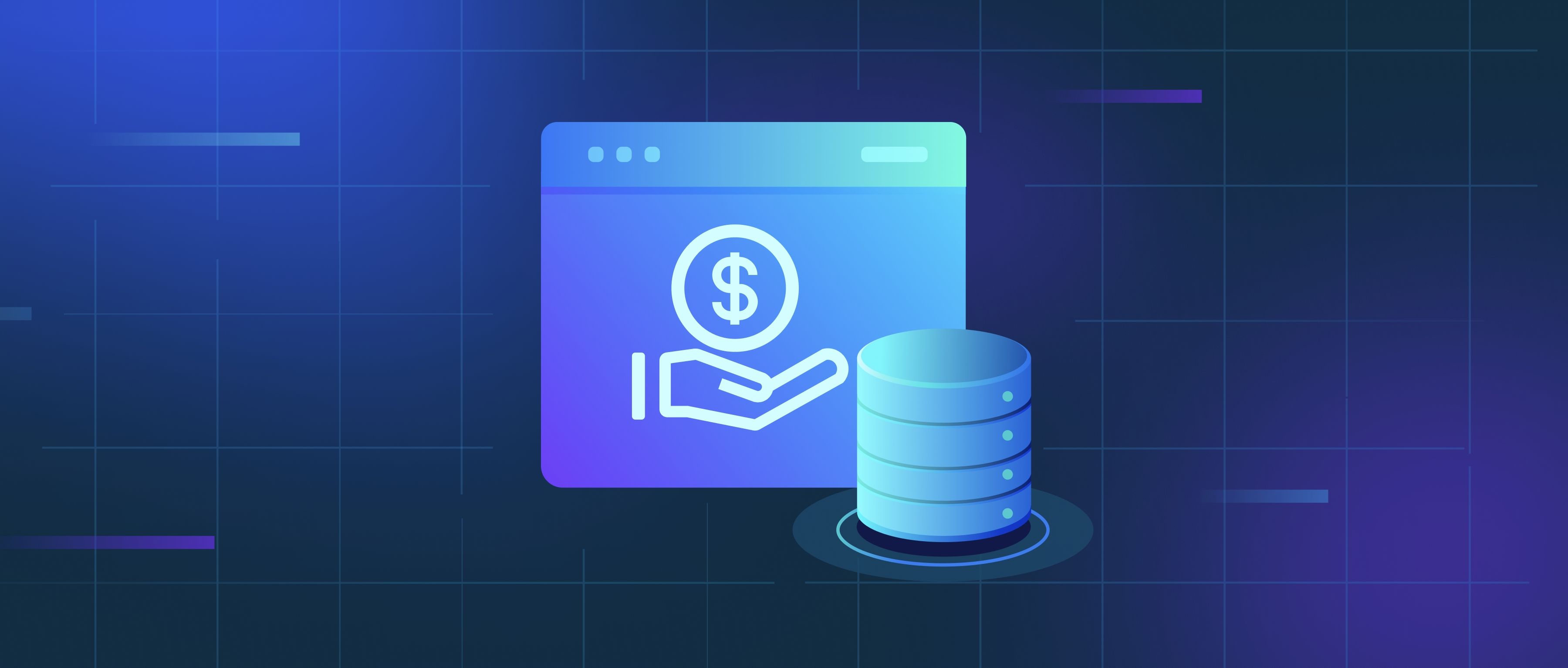Monitoring and updating a dataset during ongoing data collection is crucial for maintaining the accuracy and relevance of the data. The first step in this process is to establish a system for continuous monitoring. This involves setting up automated checks that can regularly assess the incoming data against predefined quality criteria. For instance, you might implement validation rules that check for data types, ranges, and duplicate entries. Additionally, logging mechanisms should be in place to capture anomalies or outliers in real-time. Using tools like Python's pandas library can help you create scripts that automate these checks, ensuring you spot any issues early in the collection process.
Once you have your monitoring system in place, the next priority is updating your dataset efficiently. Data updates can mean adding new records, amending existing entries, or removing outdated information. To manage this, consider using a version control system for your dataset, similar to how you’d handle code changes in Git. For example, if you’re collecting user feedback over time, you should be able to append new responses to the dataset while maintaining the integrity of earlier data. You can also create a staging area where data can be reviewed and cleaned before being merged into the final dataset.
Finally, establishing a clear protocol for regular reviews of your dataset adds an additional layer of safety. Schedule periodic audits to assess the overall quality of the data collected so far. This not only ensures that the dataset remains accurate but also allows for adjustments in your data collection strategy based on what has been gathered. For instance, if you notice a drop in response rates from a specific demographic segment, you might decide to tweak your data collection method to capture a more diverse range of inputs. Keeping both monitoring and updating processes dynamic is key – as your dataset evolves, your strategies should also adapt to reflect best practices in data management.
